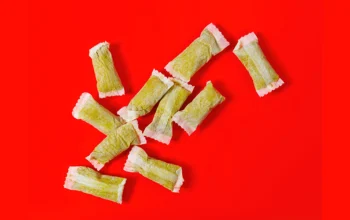The pottery sector is likewise moving toward sustainability in a time when environmental issues dominate global dialogues. Walker Ceramics is a shining example of environmentally friendly methods since it shows how easily classic pottery may fit with modern sustainability projects. The sustainable approaches Walker Ceramics uses and their effects on the ceramic community are examined in this paper.
Emphasizing environmentally friendly materials
Walker Ceramics is mostly changing things by virtue of its commitment to use environmentally friendly materials. Unlike traditional pottery, which sometimes includes non-biodegradable materials and dangerous chemicals, Walker Ceramics gets natural clays and non-poisonous glazes. This not only lessens the environmental effect of their products but also ensures that the given ceramics are safe for daily usage.
Methodologies for Energy-Efficient Production
Particularly with relation to fire furnaces, pottery production’s energy usage can be somewhat high. Walker Ceramics has embraced low-carbon footprint energy-efficient methods. Without compromising quality, investing in present-day, energy-efficient ovens and adjusting firing plans greatly reduce energy use. This commitment to energy efficiency benefits the environment as well as helps to keep manufacturing costs under control, thereby enabling the business to remain competitive while supporting sustainability.

Recycling Programs and Waste Reduction
Waste in pottery may be a big issue, from broken pieces to surplus clay. Walker Ceramics uses waste reduction techniques within their manufacturing process actively. Rather than throwing away broken objects and clay wastes, they recycle them into fresh works. As artists discover creative uses for materials that could otherwise be thrown away, this method reduces waste and fosters innovation.
Local Involvement and Learning
Walker Ceramics understands that sustainability exists outside of their workshop. Through workshops and instructional initiatives meant to support environmentally friendly ceramic techniques, they interact with the neighborhood. These programs help young artists and enthusiasts to see how crucial environmentally sustainable choices are for their work.
Walker Ceramics is setting the standard in sustainable practices within the pottery business by stressing eco-friendly materials, energy-efficient manufacturing, waste reduction, and community involvement. Their obligation to environmental stewardship enhances the quality of their items as well as sets a strong example for others in the field. Walker Ceramics shows that responsible artistic expression combined with a desire for sustainable techniques might have a major influence on the pottery community as well as the environment as demand for such practices keeps growing.




